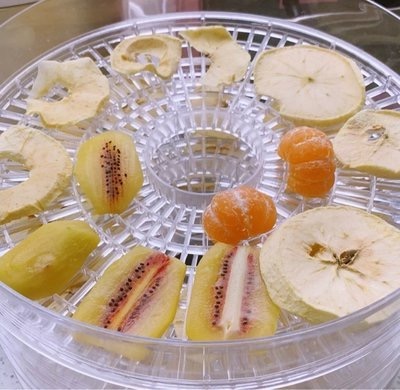
Content Menu
● Introduction
● What is a Food Drying Machine?
● Benefits of Using Food Drying Machines
● Types of Food Drying Machines
● How to Choose the Right Food Drying Machine
● Best Practices for Food Drying
● Conclusion
● Frequently Asked Questions
>> 1. What types of foods can be dried using a food drying machine?
>> 2. How long does it take to dry food in a dehydrator?
>> 3. Are food dehydrators energy efficient?
>> 4. Can I use a heat pump dryer for food drying?
>> 5. What is the best way to store dried foods?
Introduction
Food drying is an ancient preservation method that has stood the test of time, allowing people to enjoy seasonal produce year-round. With the advent of modern technology, food drying machines have become essential tools for both home cooks and commercial food producers. These machines not only extend the shelf life of food but also enhance flavors and retain nutrients. This article delves into the world of food drying machines, exploring their types, benefits, and best practices for use.

What is a Food Drying Machine?
A food drying machine is an appliance designed to remove moisture from food items, thereby inhibiting the growth of bacteria, yeast, and mold. The most common types of food drying machines include dehydrators and heat pump dryers. Dehydrators use low heat and air circulation to dry food, while heat pump dryers utilize a closed-loop system to recycle heat, making them more energy-efficient.
Image of a large, stainless steel air dry machine designed for food.
Benefits of Using Food Drying Machines
Using food drying machines offers numerous advantages:
1. Preservation of Nutrients and Flavors: Unlike canning or freezing, drying retains most of the food's nutrients and enhances its natural flavors.
2. Cost-Effectiveness and Sustainability: Dried foods can be stored for long periods, reducing food waste and saving money on groceries.
3. Versatility: Food drying machines can handle a wide range of items, from fruits and vegetables to meats and herbs.
Types of Food Drying Machines
1. Dehydrators: These machines are specifically designed for drying food. They come with multiple trays and adjustable temperature settings, allowing users to dry various foods simultaneously.
2. Heat Pump Dryers: While primarily used for laundry, these dryers can also be adapted for food drying. They operate at lower temperatures, making them suitable for delicate items.
3. Commercial vs. Home-Use Machines: Commercial machines are larger and designed for high-volume drying, while home-use machines are more compact and user-friendly.
How to Choose the Right Food Drying Machine
When selecting a food drying machine, consider the following factors:
1. Capacity: Choose a machine that fits your drying needs, whether for personal use or larger batches.
2. Energy Efficiency: Look for models that consume less power, especially if you plan to use them frequently.
3. Features: Consider machines with adjustable temperature settings, timers, and multiple trays for versatility.

Best Practices for Food Drying
To achieve the best results with your food drying machine, follow these best practices:
1. Preparation: Wash and cut food into uniform sizes to ensure even drying.
2. Optimal Drying Conditions: Different foods require different drying times and temperatures. For example, fruits typically dry at 135°F (57°C), while vegetables may need 125°F (52°C).
3. Storage: Once dried, store foods in airtight containers in a cool, dark place to maintain their quality.
Conclusion
Food drying machines are invaluable tools for anyone looking to preserve food effectively. They offer a sustainable way to enjoy seasonal produce and reduce waste while retaining the nutritional value of the food. By understanding the different types of machines available and following best practices, you can make the most of your food drying experience.

Frequently Asked Questions
1. What types of foods can be dried using a food drying machine?
A variety of fruits, vegetables, herbs, and meats can be dried.
2. How long does it take to dry food in a dehydrator?
Drying times vary based on the type of food and thickness, typically ranging from 4 to 12 hours.
3. Are food dehydrators energy efficient?
Yes, most food dehydrators are designed to be energy efficient, using less power than traditional ovens.
4. Can I use a heat pump dryer for food drying?
While heat pump dryers are primarily designed for laundry, they can be adapted for food drying under certain conditions.
5. What is the best way to store dried foods?
Store dried foods in airtight containers in a cool, dark place to maintain freshness.












